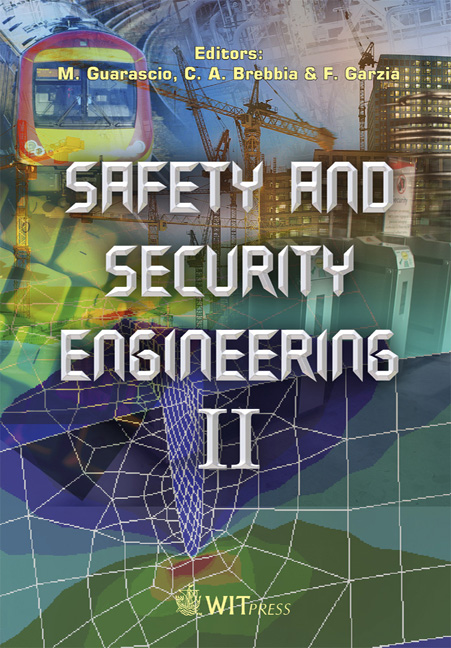Risk Analysis And Environment Protection, PRA® (pollution Reduction Analysis) As An Instrument Of Application Of IPPC
Price
Free (open access)
Transaction
Volume
94
Pages
8
Published
2007
Size
507 kb
Paper DOI
10.2495/SAFE070261
Copyright
WIT Press
Author(s)
A. Romano, F. Perrone & M. Gotti
Abstract
Directive 96/61/CE (IPPC – Integrated Pollution Prevention and Control) has introduced the principle of pollution prevention and control by using the BAT (Best Available Techniques) and the necessity to revamp the plants according to the highest European standards. The definition and identification of what can be considered the \“best available technique” for an existing plant is a very complex and difficult process. To identify environmentally critical aspects and impacts a detailed plant and process performance analysis is needed; a complete benchmarking with European and BREF performances is also needed. TRR in order to meet these requirements has developed a methodology that has been tested on several Italian plants in IPPC authorization request: PRA (Pollution Reduction Analysis). PRA will be described in this paper, showing some application examples. The PRA is a detailed process and emission parameter analysis allows one to pinpoint the instruments to meet the emission targets defined by BAT, choosing between the different alternative technologies proposed. The analysis allows one to pinpoint deviations/anomalies, causes and technical interventions that can produce useful results for the environment, for consumption reduction and an optimization of the resources used. Keywords: environment, pollution, IPPC, best available techniques. 1 Purpose of IPPC Directive and other European environmental Directives The purpose of IPPC Directive is to:
Keywords
environment, pollution, IPPC, best available techniques.





